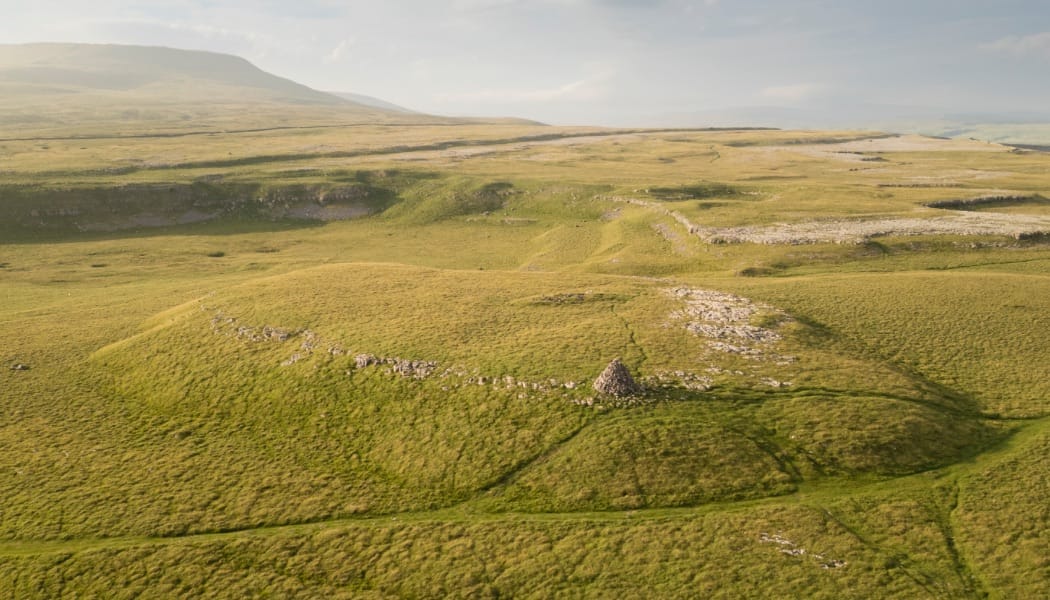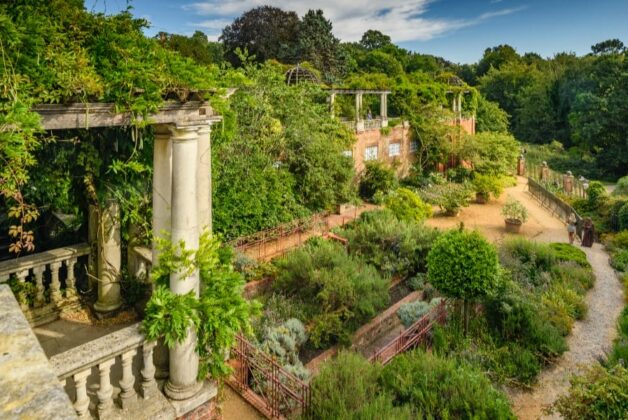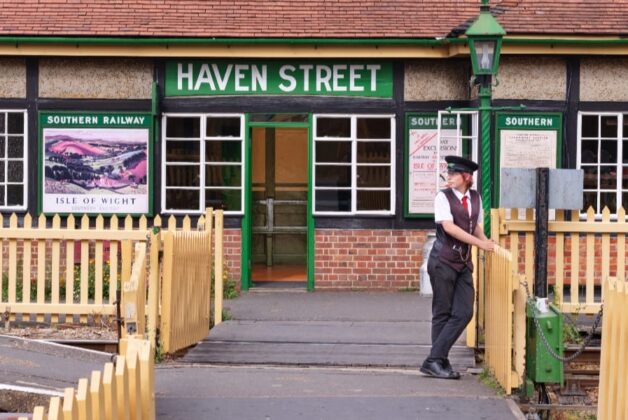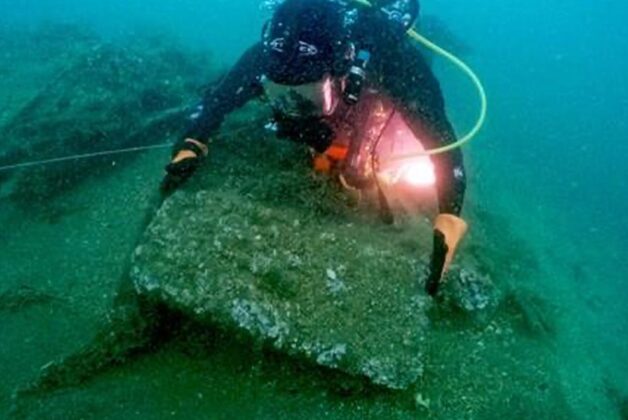Image: Dudderhouse Hill Long Cairn, Austwick, Yorkshire Dales © Historic England Archive
Yorkshire Dales authority can now implement educational measures and access grant funding to preserve the ancient burial site for future generations.
A 5,000-year-old prehistoric monument in the Yorkshire Dales National Park has been granted Scheduled Monument status after sustaining damage from walkers.
History England said walkers who are unaware of the site’s significance have been removing stones from the cairn, which could appear to some as a simple collection of rocks, before adding them to another nearby cairn.
The Dudderhouse Hill long cairn, which dates back to the Neolithic period between 3400 and 2400 BC, will now receive the highest level of heritage protection available in England. The designation follows concerns about the removal of the stones.
The monument is considered one of the first structures constructed communally by humans, making it of significant archaeological importance. Built by Neolithic farming communities who were transitioning from hunter-gatherer lifestyles, the cairn represents an early example of organised community construction.
Historic England officials say the cairn’s unimpressive appearance contributes to the damage problem, as visitors often fail to recognise its historical significance. To the untrained eye, the ancient burial site resembles nothing more than a collection of stones in the countryside.
The structure originally served multiple purposes for its Neolithic builders. Beyond its function as a burial site, the cairn acted as a territorial marker, demonstrating land ownership and community presence to other groups in the area.
The protected status will enable the Yorkshire Dales National Park Authority to implement educational measures about the site’s importance. The designation also opens up possibilities for grant funding to ensure the monument’s preservation for future generations.
The cairn required considerable community effort to construct, involving specialist stonemasons and engineers who would have needed to be supported by the wider community during the building process.





